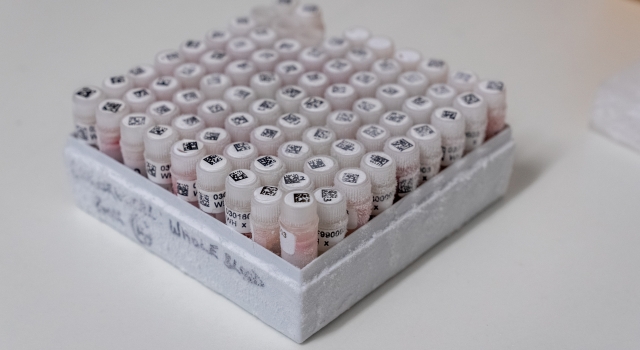What is a biobank?
Biobanks are collections of human biological samples and associated health information that can be used for research purposes. They can also be known as tissue banks, biorepositories, or bioresources. Samples collected and stored by a biobank may include tissue and blood, along with other bodily fluids such as urine and saliva. Some biobanks will focus their sample collections on a particular condition, such as cancer or heart disease, whereas other biobanks may contain samples from people in a specific population or region.
Why do we need biobanks?
Biobanks are a vital resource for medical research. They provide unique access to large numbers of high-quality samples to underpin and accelerate discoveries in the prediction, diagnosis, and treatment of disease. Many new developments in the management of conditions such as cancer have come from experimental studies using human samples obtained from biobanks.
Biobanks help researchers answer important questions about why diseases occur, who might be at risk, and how they may be treated.
Researchers may also use samples to
- Find new ways to diagnose and treat diseases
- Develop and test new drugs
- Try and work out which treatments work for particular groups of patients
- Find better ways of controlling side effects and symptoms of treatments


